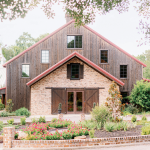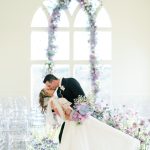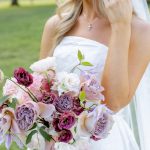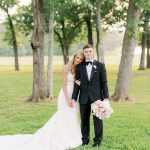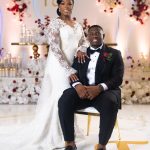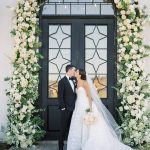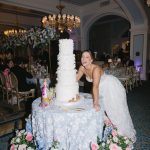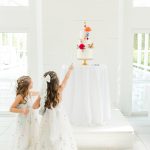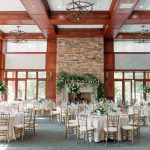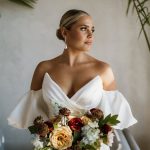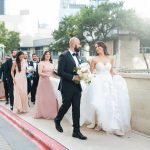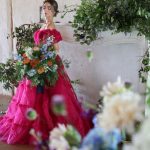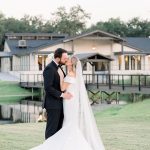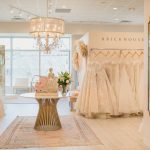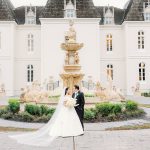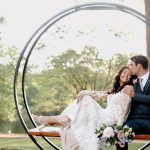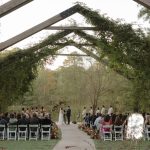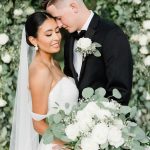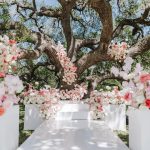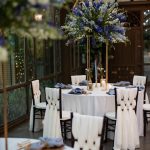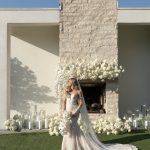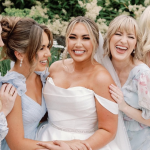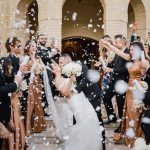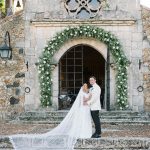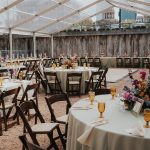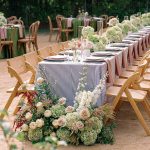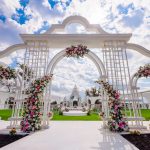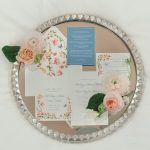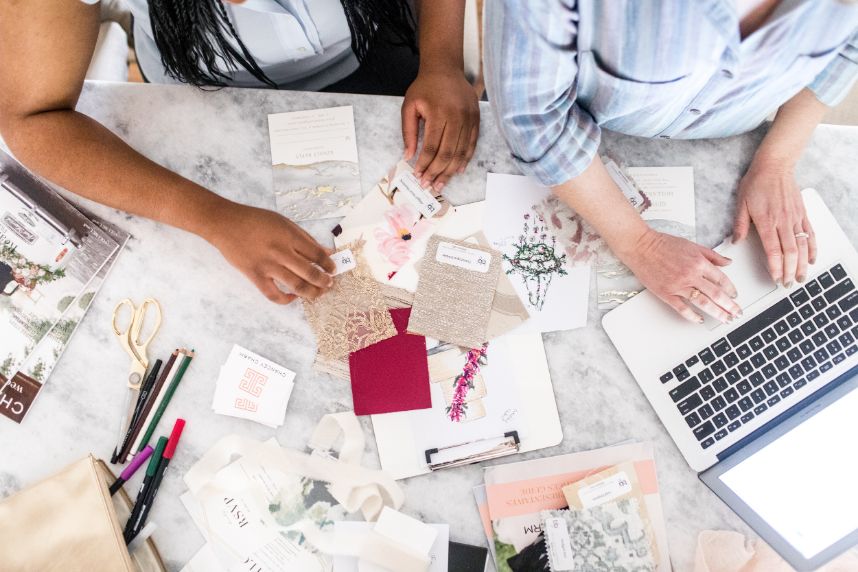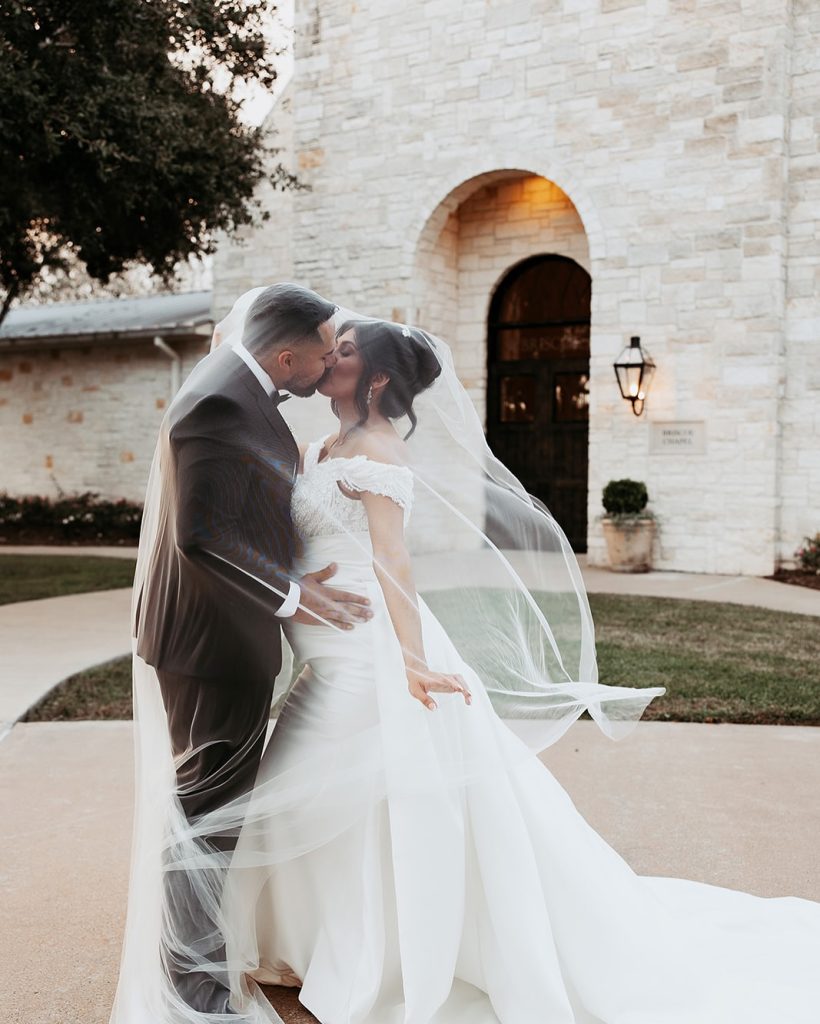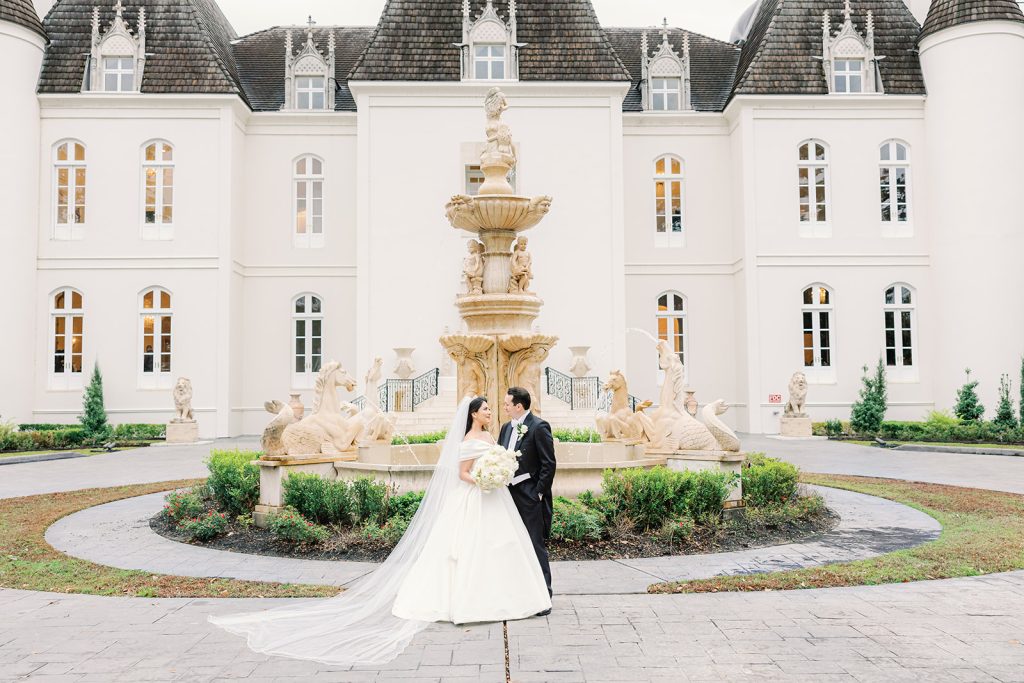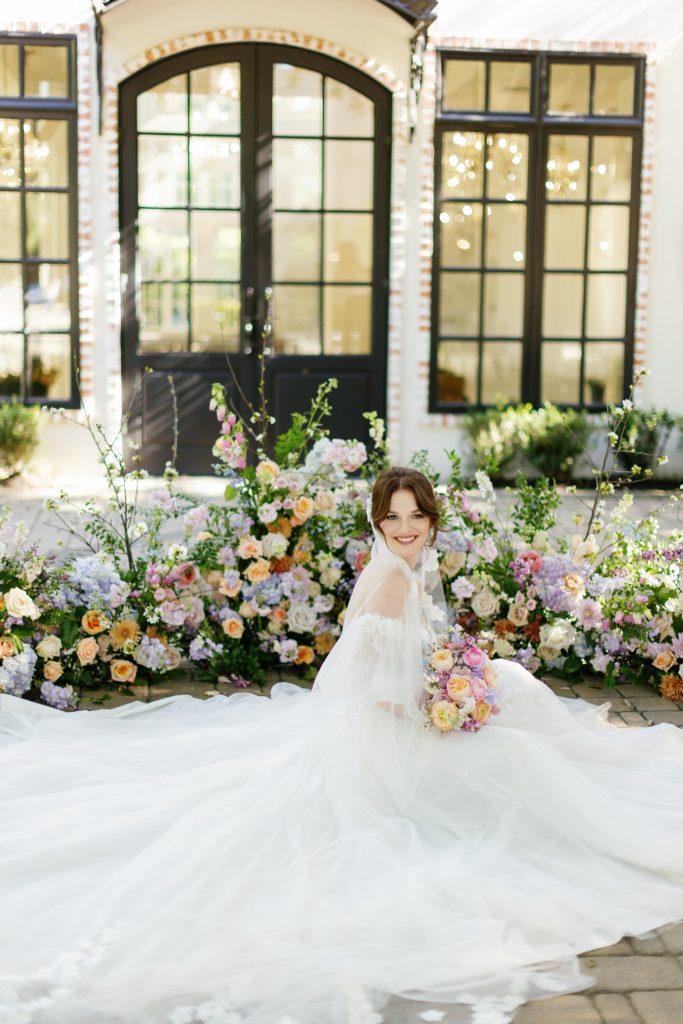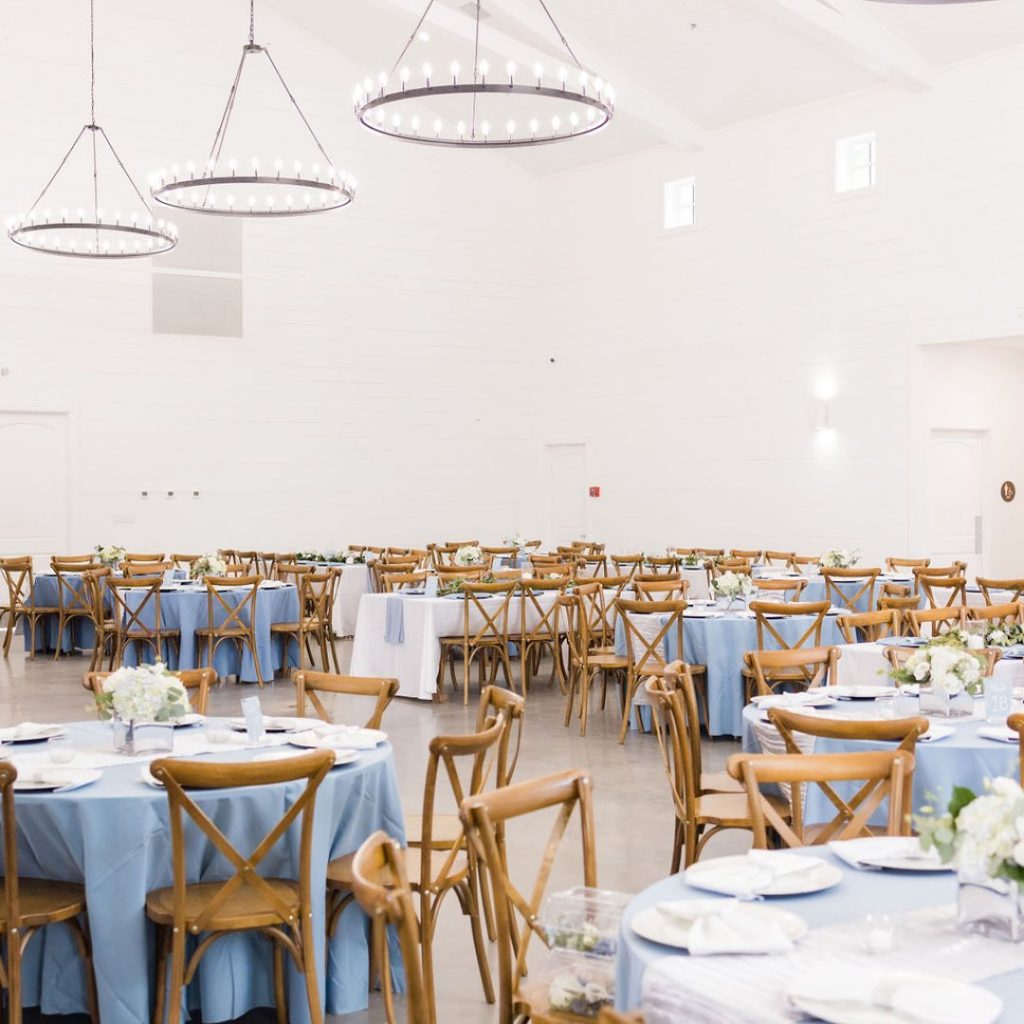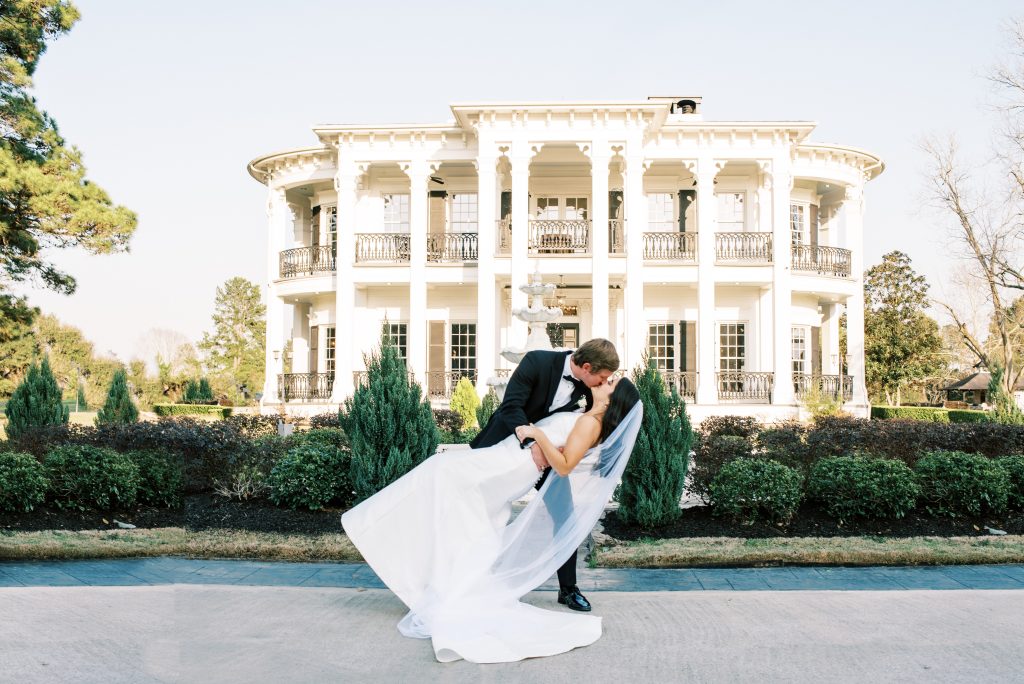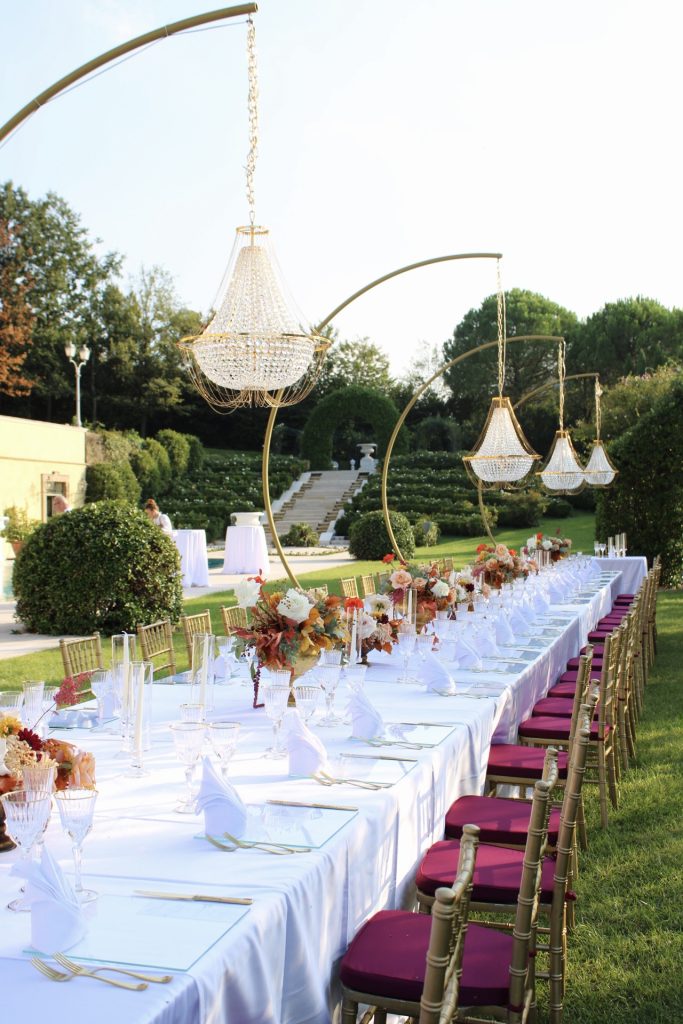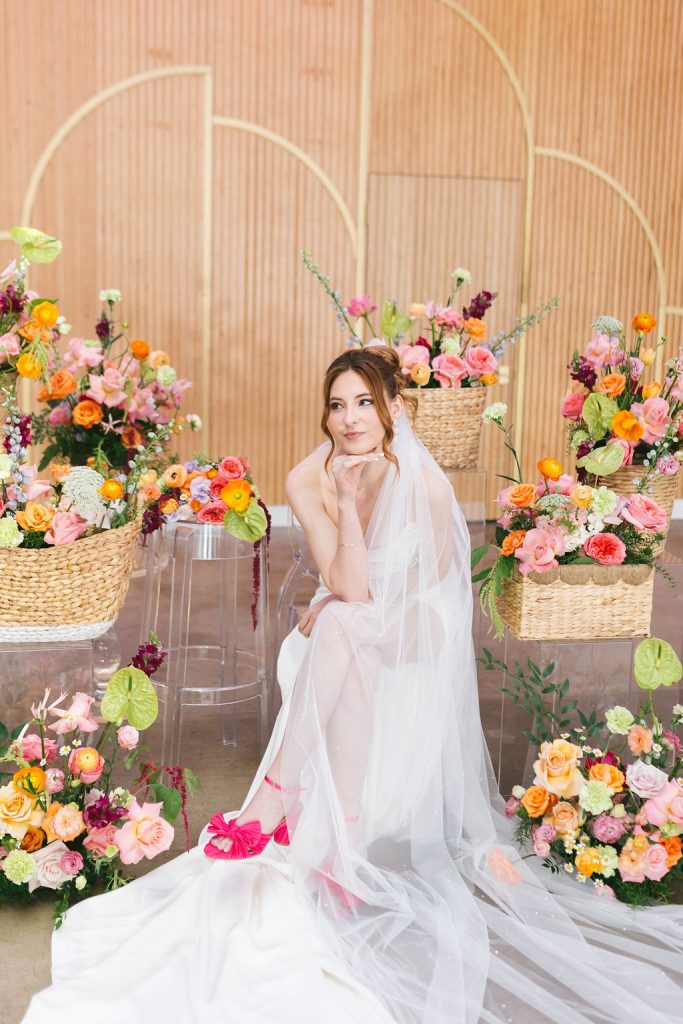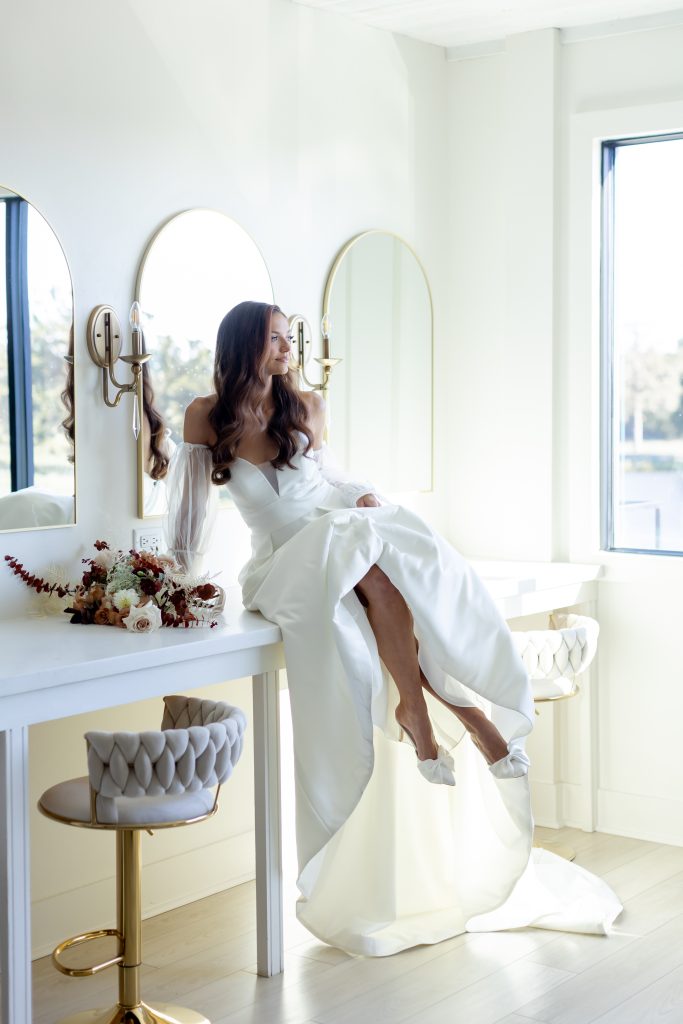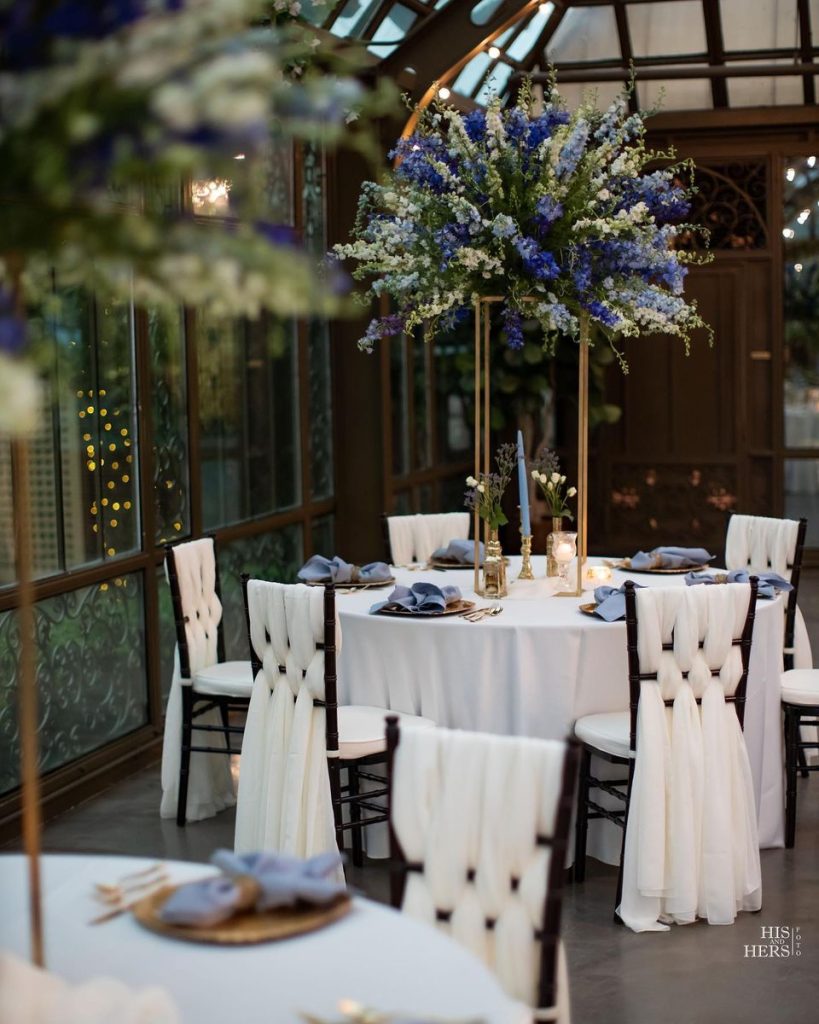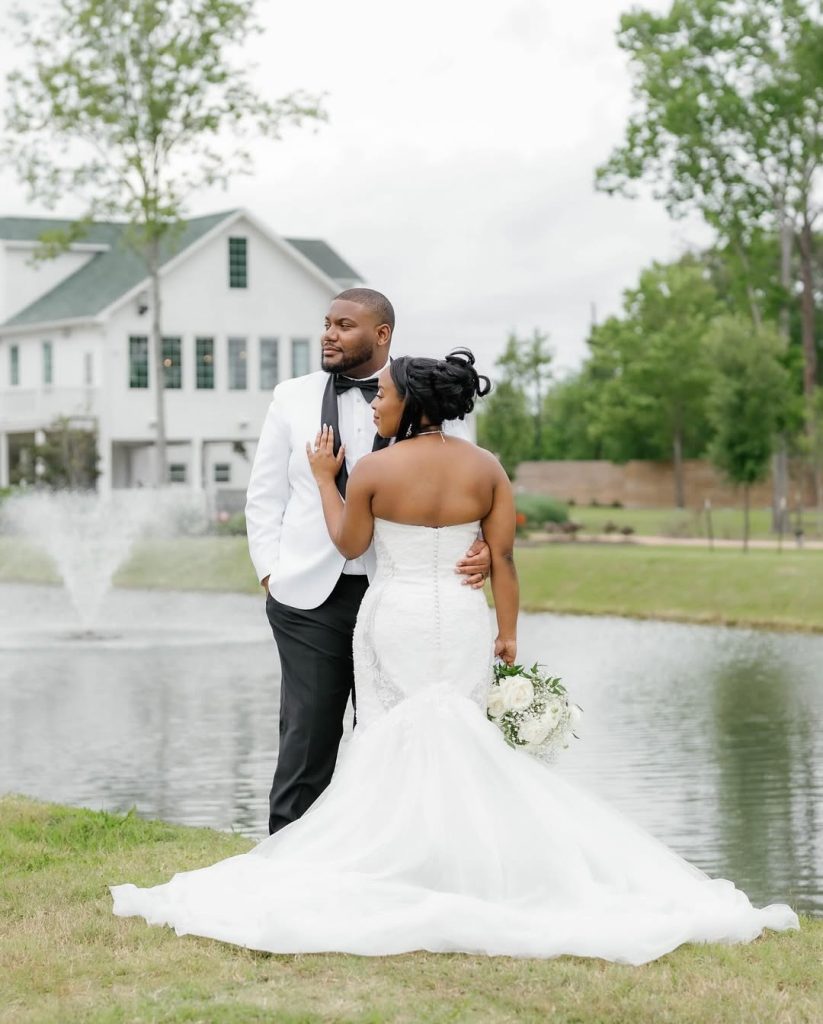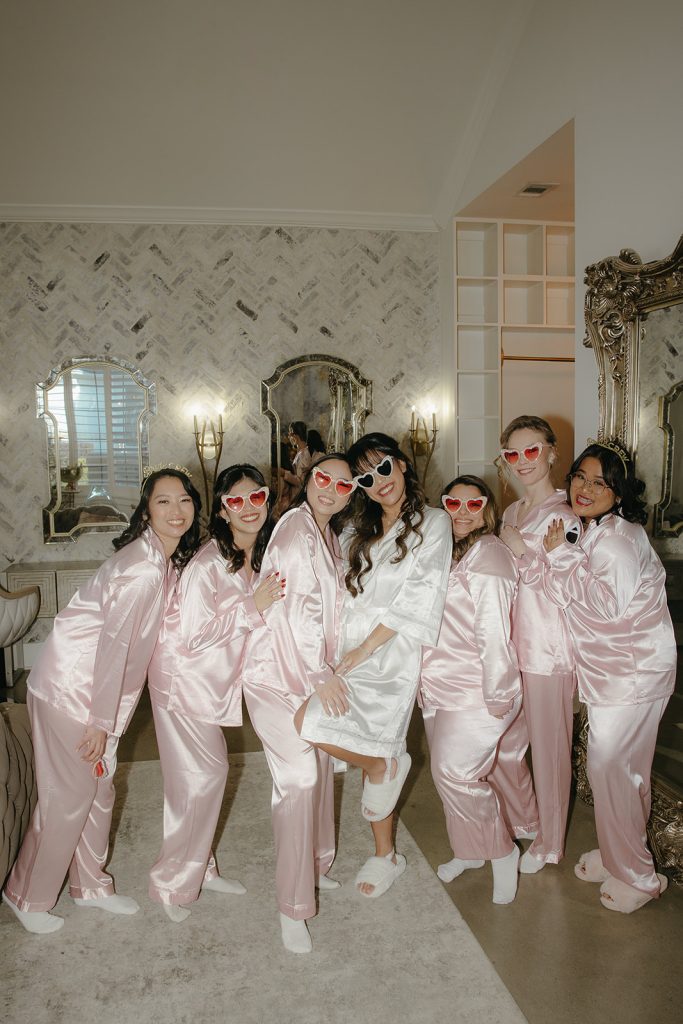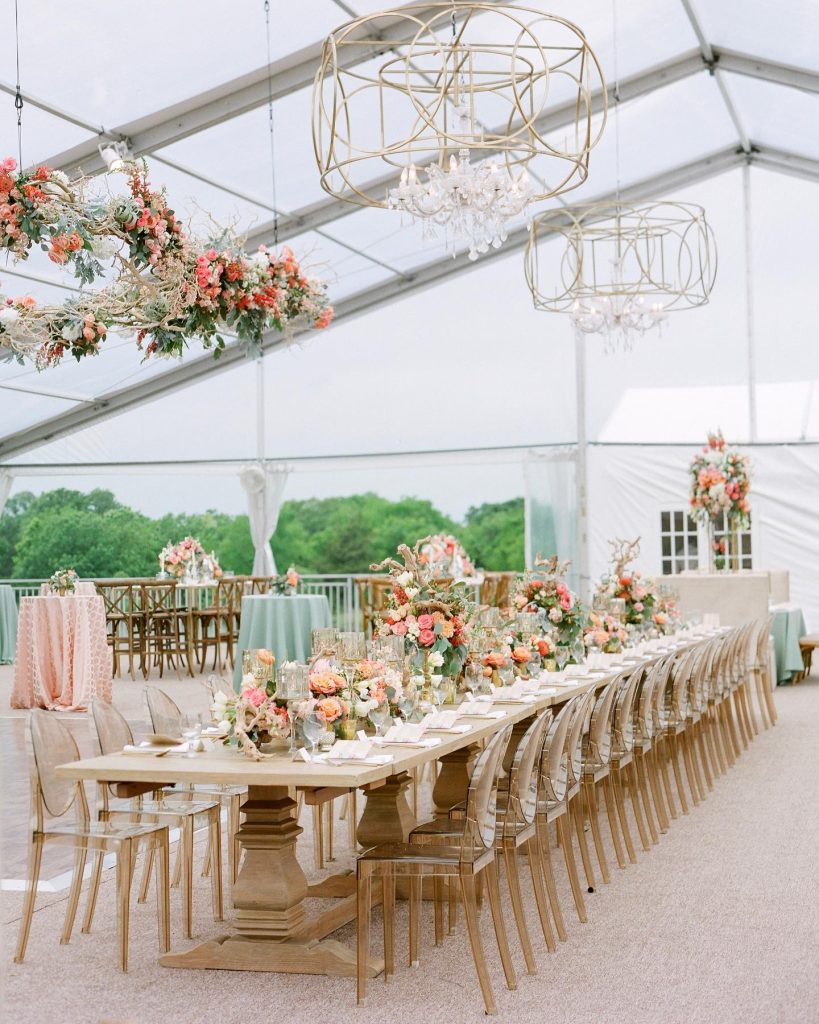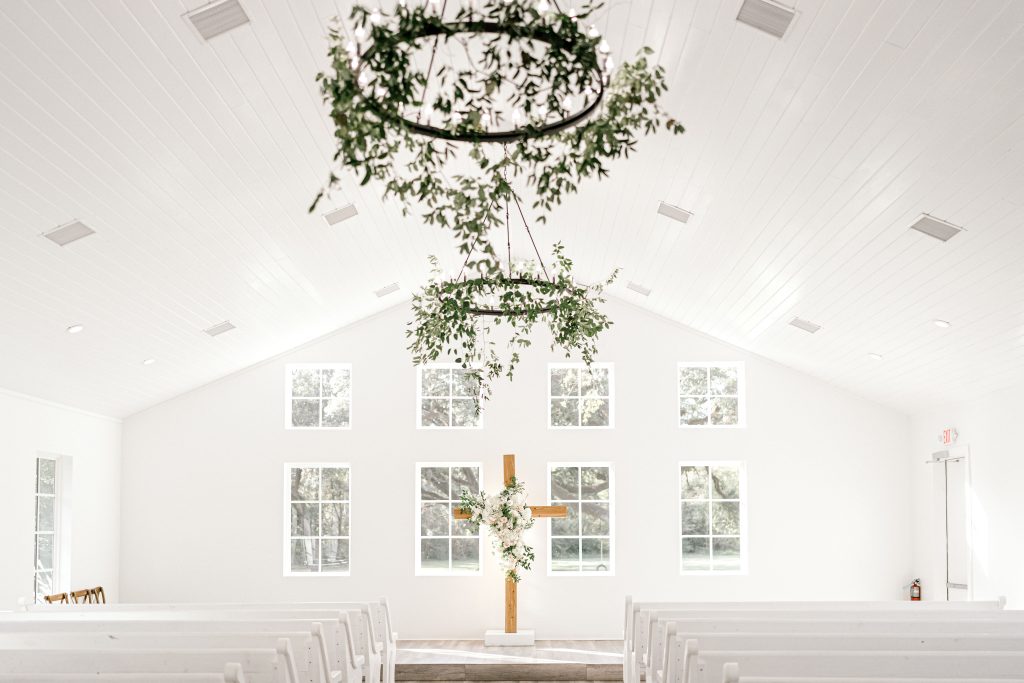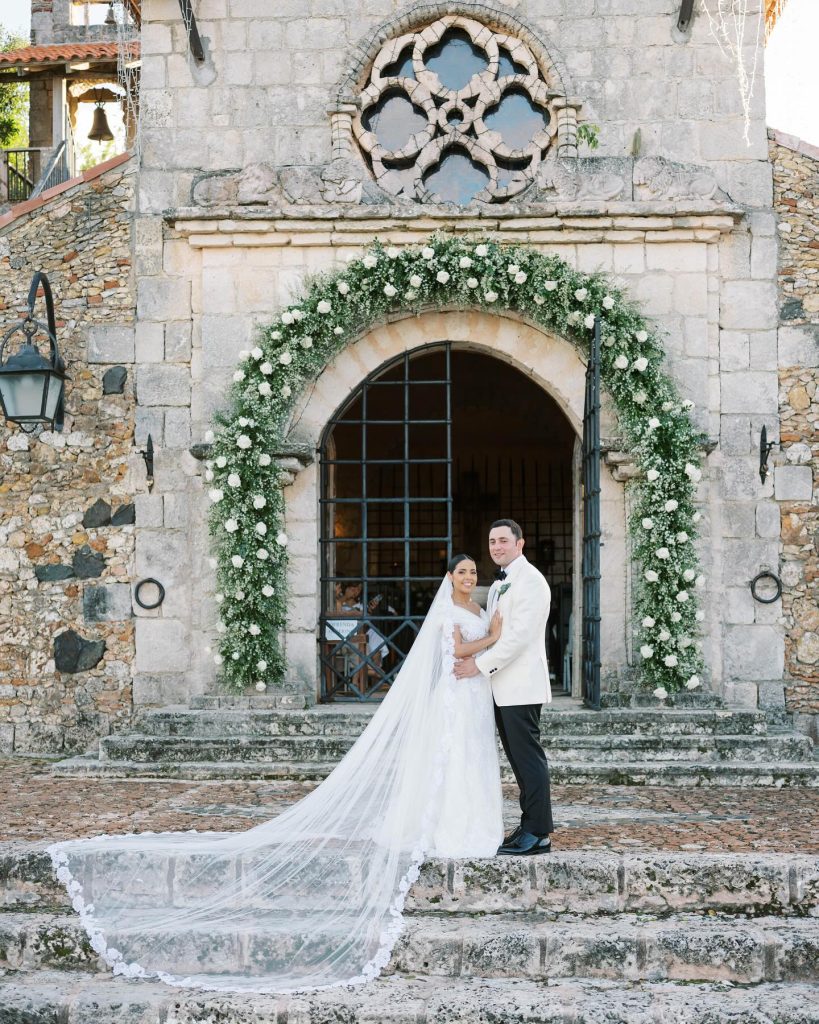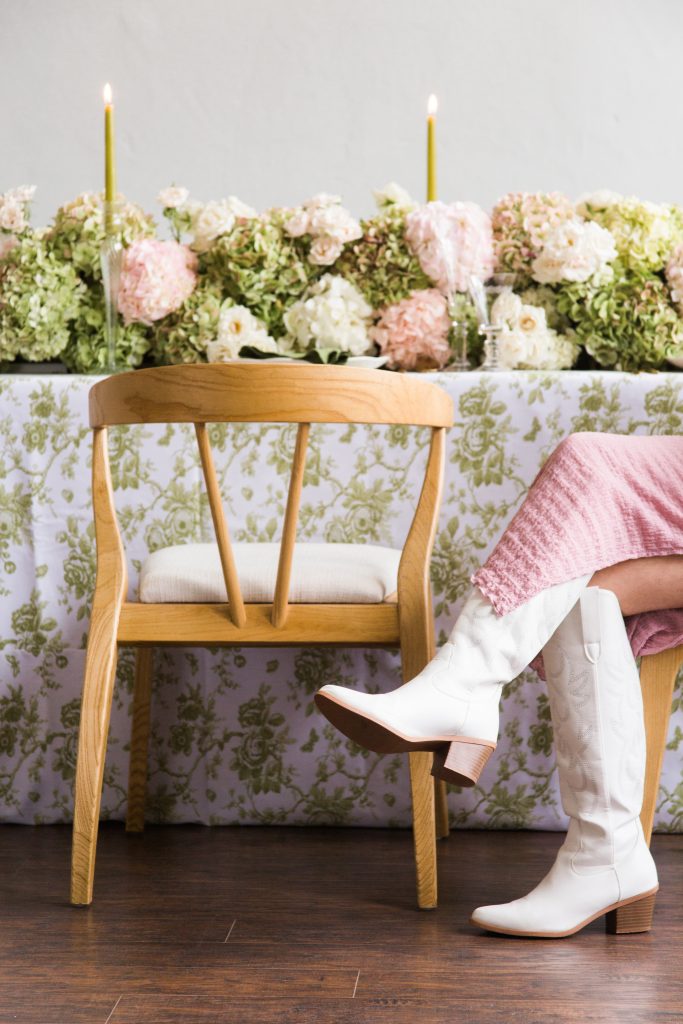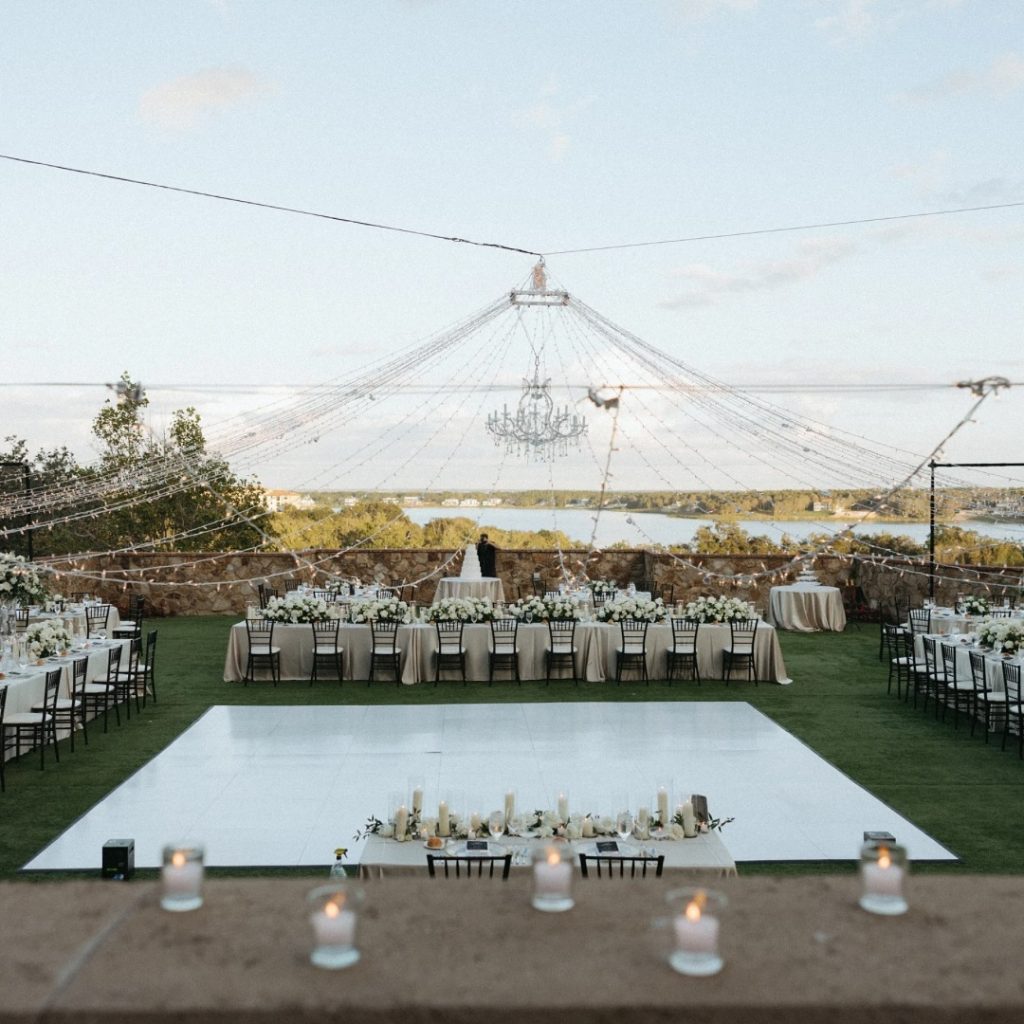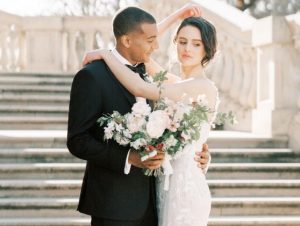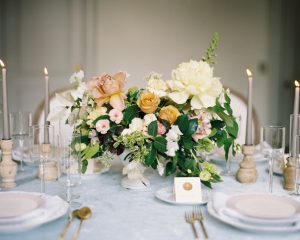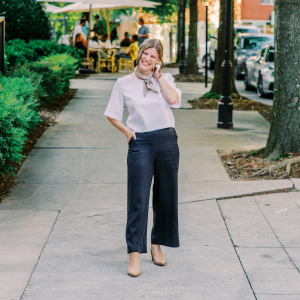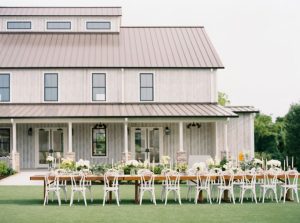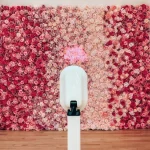As you embark on the journey of planning a wedding, you’re bound to hear a few strange words here and there – terms like “uplighting,” “mood board,” “head table” and many, many more. In order to stay informed, keep your expectations clear and know where your money’s going, it’s important to have the essentials down and know the basic wedding planning terms, especially if you’ll be working with a planner to bring your nuptial visions to life. From decor to details and logistical things, which words do you really need to know?
Photo // Our Labor of Love Photography
Wedding Planning Terms to Know
Administrative Fees: You’ll see these on many rental and/or catering invoices. These are a predetermined fee usually based upon a percentage of the invoice total. They cover a wide range of things, from the time the sales team spends planning with you to facility maintenance. This is often used synonymously with ‘service charge.’ Note: this is not a gratuity.
Boutonniere: Often shortened to “bout”; this is the floral cluster pinned to a man’s lapel. This is typically ordered for the groom, groomsmen, fathers, grandfathers, ushers and male officiants. The female equivalent is called a “corsage” and can be worn on the wrist or pinned to the dress, although the latter is becoming increasingly less common.
Charger: A plate-shaped decorative rental item placed under the dinner plate used to dress up the guest tables.
Cocktail Hour: A formal transition period between ceremony and reception that can last anywhere from 30 minutes to 1+ hour depending on your wedding’s needs. It serves as an activity for guests while the couple takes family and newlywed photos.
Corsage: This is a formal flower for mothers and grandmothers. More traditional corsages are pinned to the lady’s dress, however, many couples are moving to wrist corsage options to avoid the trickiness of pinning a cluster of flowers to their carefully selected dresses.
Detail Photos: These refer to a wide variety of photos taken by your photographer to capture all the details of your wedding day. Most commonly, these are taken during the first hour of your photographer’s arrival when they’ll want to take your rings, paper goods, veils, dress, shoes, ties, perfumes and personal items to style and capture for a complete picture of your wedding day. This term also can refer to the photos they take of the ceremony and reception spaces before guests enter and before any details are disturbed.
Details Card: An additional card enclosed in the invitation suite that provides guests with information that does not fit or is improper to include on the invitation itself. This could include information about travel and accommodations, the registry, additional weekend events, directions to the venue(s) or simply the wedding website URL.
First Look: The first look is an opportunity for the bride and groom to capture that moment of seeing each other for the first time on their wedding day without being in front of all their guests. It’s a great way to calm any pre-ceremony nerves and gives more time for photography together without missing out on hosting your guests later in the evening. For couples who want to take the traditional route, a first touch, where you don’t see one another but hold hands either blindfolded or around a corner, can be a way to connect and calm any jitters without breaking from tradition.
Hurricane Glass: This is the cylindrical glass cover florists use to contain the flames and wax of pillar (thick and chunky) candles and taper (thin, “tapered” and require a candlestick) candles.
Paper Goods: This is another word for your wedding stationery. It can be used synonymously for your invitation suite OR it can mean all the “paper” items at your wedding from invitation suite to signage to menus, etc. We recommend you pull together a copy of all your paper goods for your photographer to photograph during “detail photos.”
Processional: The entrance into the ceremony. For a typical western ceremony it goes as follows: grandparents of the groom, grandparents of the bride, parents of the groom, mother of the bride, groom and groomsmen, bridesmaids, flower girl and ring bearer, bride and her father.
Recessional: The exit from the ceremony. For a typical western ceremony it goes as follows: bride and groom, bridesmaids and groomsmen, parents of the bride, parents of the groom, grandparents of the bride, grandparents of the groom. If you are having family photos at the altar immediately following the ceremony, if might be easier to ask the grandparents to remain at their seats after the parents recess.
Uplighting: A wash of light and color “up” the wall coming from an LED or gel light box that sits on the floor and point toward the ceiling. These are a great way to incorporate your wedding colors or make a room feel more warm and inviting.
Vendor Meal: This is a catering line item that refers to the number of meals you’re providing for your wedding day team. These are usually a pre-set, reduced price option that gives those who are on site for 6+ hours a hot meal. It’s best to include your planner/coordinator, photography team, video team and entertainment (band and DJ) in the count for this. Note: some vendors include their meal requirements in their contract; be sure to review before creating your final invoice with your caterer.
Votive: or “tea light”; these are the, often short, candle holders florists use to add candle light and fullness to guest tables. These are also popular to use on cocktail tables and for additional romantic lighting on cake displays and bars.
Commonly Confused Terms
Wedding Coordinator vs. Venue Coordinator
Wedding coordinators are hired by and beholden to you. The venue coordinator is hired by and beholden to the venue. As an example – were a fire to break out at your wedding, the venue coordinator is focused on the venue, while the wedding coordinator is focused on your and your guests. They are symbiotic roles, but they are not the same role.
Complimentary/Courtesy vs. Guaranteed/Contract Room Block
Escort Cards vs. Place Cards
Mood Board vs. Design Board
Sweetheart Table vs. Head Table vs. King’s Table
Ready to take the next step in wedding planning? Find all the inspo you could ever need from real Houston weddings right here!


